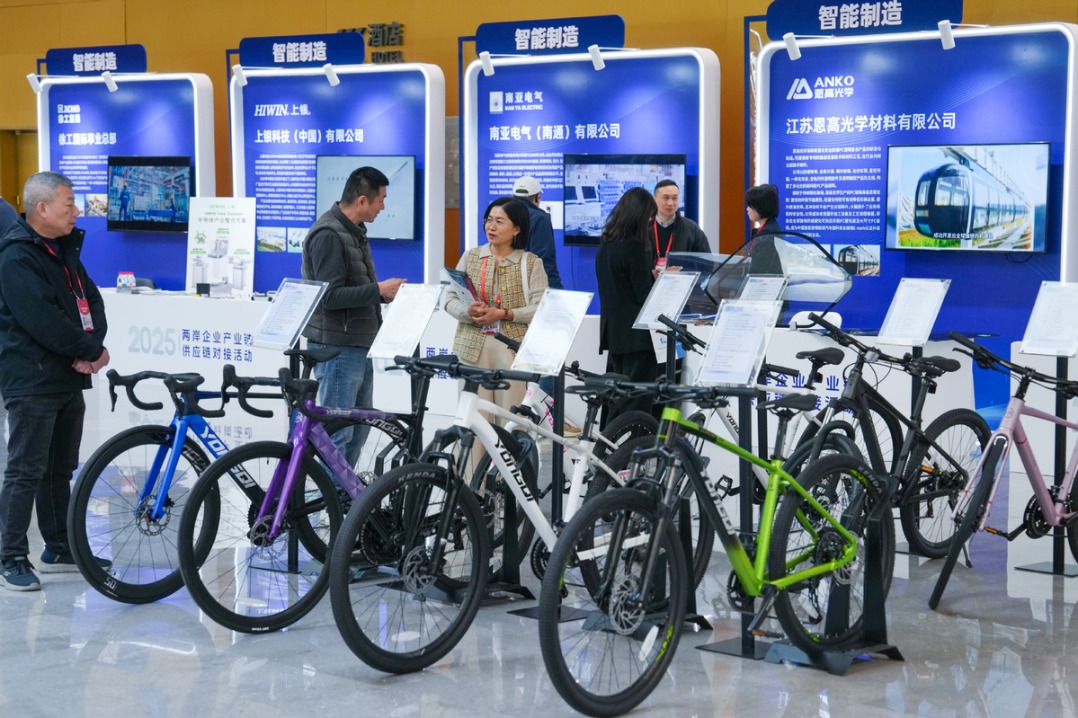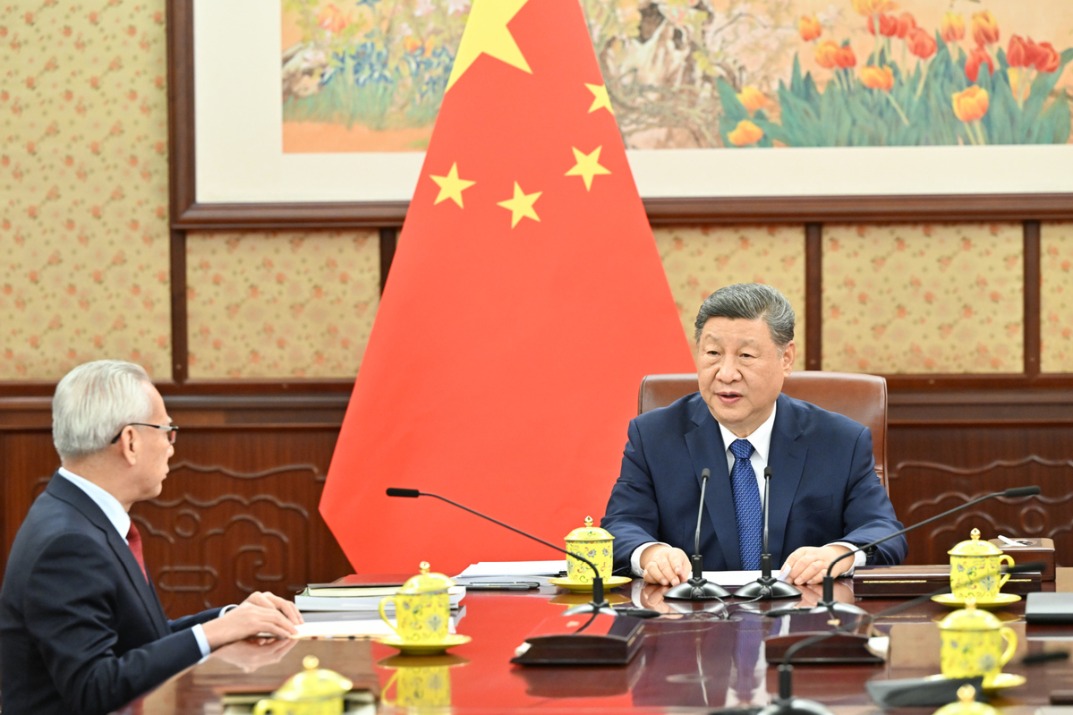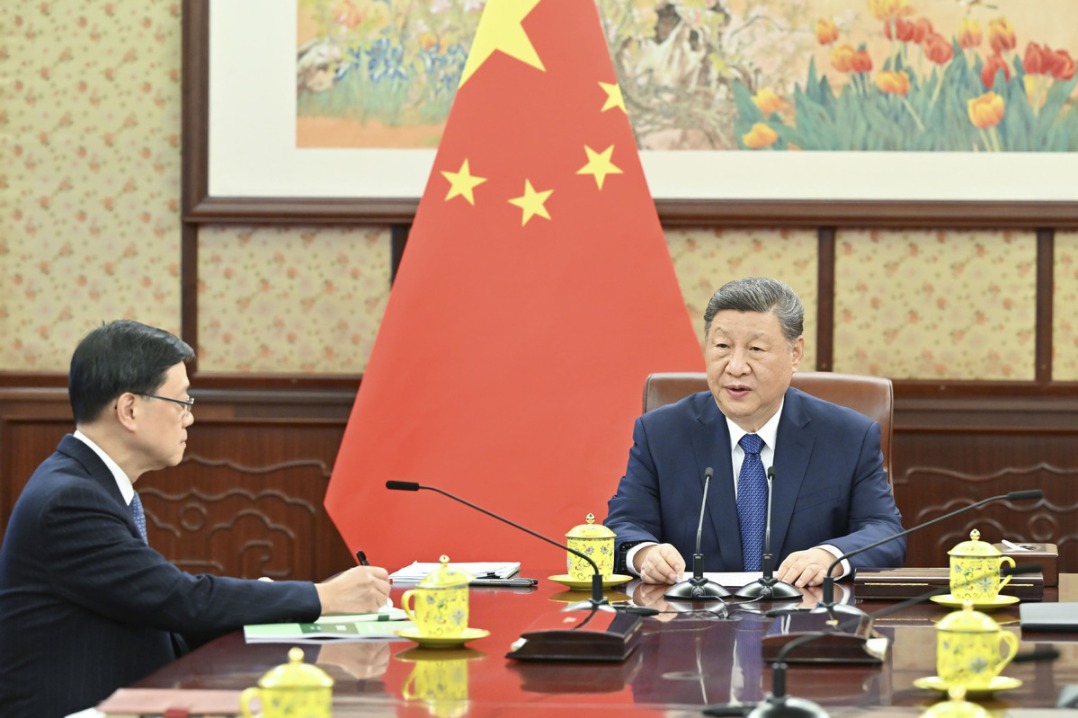Green development in Belt and Road region is targeted
By WANG MINGJIE in London | China Daily Global | Updated: 2019-12-12 10:41

Financing infrastructure projects in countries and territories within the region covered by the Belt and Road Initiative is not only an opportunity but a responsibility because it will ensure work meets high environmental standards, according to experts.
Globally, 70 percent of greenhouse gas emissions come from the construction and operation of infrastructure. Because countries covered by the initiative, which is also known as the BRI, will host significant new infrastructure in the coming decades, sustainable low-carbon development will be critical for decades to come.
Experts from the financial and industrial sectors say it is possible to meet climate goals without sacrificing core development objectives among Belt and Road projects.
Speaking at the UK-China Green Finance Showcase, Jason Eis, executive director of the economics consultancy Vivid Economics, said achieving climate commitments and developing infrastructure projects "do not have to be in conflict".
"Where we are today, the cost of many green alternatives has come down quite significantly, whilst the risks of locking in high-carbon infrastructure … remain," Eis said. "So, meeting the energy access and energy security goals, and improving the transport of these countries, all of these can be achieved at a relatively low margin cost. Where there are conflicts, I think it is important that the finance institutions and the aid institutions seek to provide supplementary support so that you do not actually get too much trade-off ."
When it comes to de-carbonization, experts have raised difficult questions about equity and fairness between different parts of the world, prompting the establishment of climate finance mechanism such as the green climate fund. These aim to provide a compensatory mechanism between advanced economies and those that are emerging.
Craig Davies, head of climate resilience investments at the European Bank for Reconstruction and Development, said: "It is often in the emerging countries' own interests to invest in climate resilience, because they are vulnerable to the impact of climate change. Again, it is a question of compensatory mechanisms because many countries are experiencing severe climate change impacts."
Davies is convinced that it is possible to develop Belt and Road projects without damaging the climate and says the key is to have "more vision and forward thinking".
Taking Africa as an example, he said: "Ten years ago, millions of people in Africa did not have the access to telephones because they did not have the infrastructure and copper wires connecting every village. Now, they do not need the copper wires, because they have the mobile … They have leapfrogged the entire technology. They did not have to go through the same pathway Europe and North America did 80 years ago. Why cannot we imagine the same leapfrogging of technologies?"
Eis said greening the BRI is a long-term vision and, for it to be successful, "it would be useful and very socially positive knowledge sharing, if China were to take some of the requirements it's recently put into effect, essentially extending to the countries that it invests in".
























